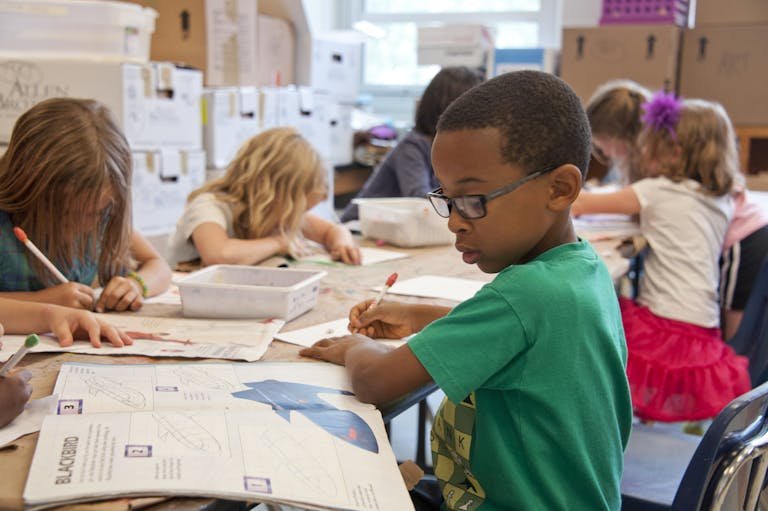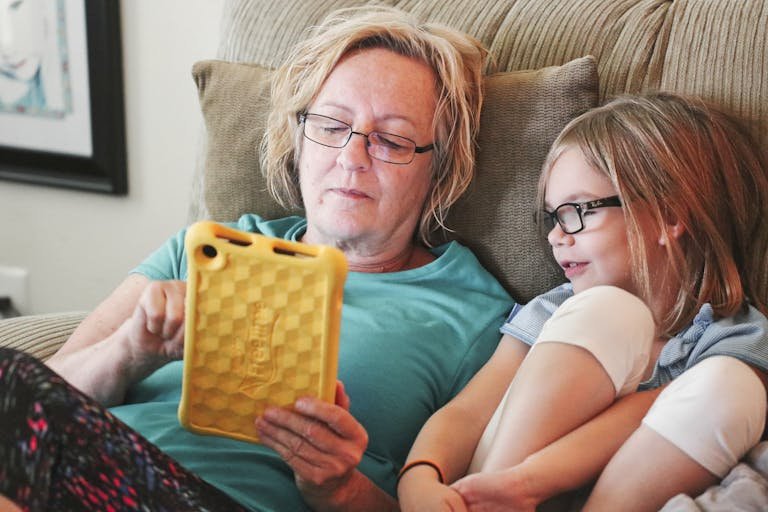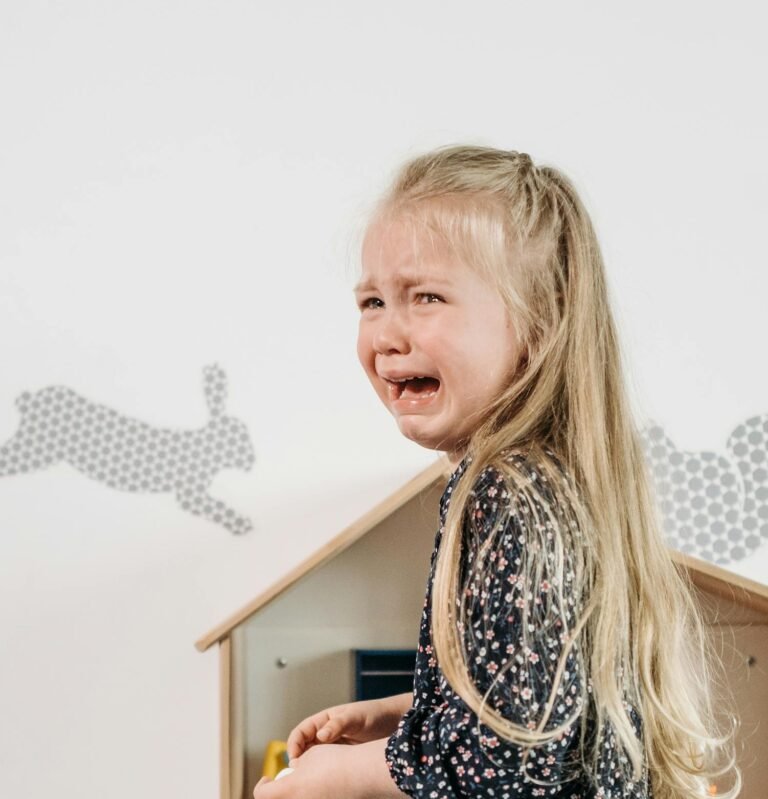ABA Enhances Learning in Childhood Education
Recently, while reading the book “Io scelgo tutta un’altra scuola” by Marzia Bosoni, I was reflecting…
Orders over $15 receive free shipping. Dismiss
Posts about: daily living skills like toileting, dressing, feeding, hygiene routines, chores, following routines.

Recently, while reading the book “Io scelgo tutta un’altra scuola” by Marzia Bosoni, I was reflecting…

The ultimate goal of any good ABA program is to make ourselves, the therapists, unnecessary. We want to work ourselves out of a job! We’re there to build a bridge, to teach the skills that help your child learn from their natural environment and thrive in it. The whole point is to get them to a place where they don’t need us following them around with a clipboard and a bag of reinforcers.

Explore the hidden barriers that lead to the exclusion of neurodiverse individuals in our communities. Discover insights and solutions rooted in empathy and understanding.

Toilet training can feel like climbing Mount Everest, even with neurotypical kids. But when you’re guiding an autistic child through this incredible milestone, it often feels like you’ve got a whole new set of challenges to navigate. And you know what? That’s perfectly normal!

Let’s chat about something truly close to our hearts: helping our incredible neurodiverse kids navigate the beautiful, sometimes bewildering, world of feelings. If you’re anything like me, you’ve probably spent countless hours wondering how to truly connect with your child or client on an emotional level, helping them understand what’s bubbling up inside and what’s happening with others around them.

At its heart, AsTeRICS Grid is a multiplatform web communicator. Think of it as a customizable digital board that uses pictograms, images, and text to help individuals express themselves. The “Grid” part refers to its flexible layout system – you can create communication boards with cells containing words, phrases, or symbols that, when activated, speak out loud.

Using these boards at home doesn’t have to be complicated. It’s all about weaving them into your daily routines. Here are a few examples:
Example 1: The “What Do You Want?” Board (Requests)
Let’s say it’s snack time. Instead of just asking, “What snack do you want?” and potentially getting frustrated if your child struggles to answer verbally, you can use a simple board with pictures of available snacks: apple slices, crackers, yogurt.

Bringing basic sign language into someone’s life works best when everyone’s on board. Parents, siblings, teachers, therapists – the whole crew! When everyone uses and understands a few core signs, you create an environment where communication attempts are understood and reinforced consistently.

When your child experiences those huge reactions – the ones that might look like massive tantrums, complete shutdowns, or anything in between – it’s so easy to feel lost, frustrated, or even judged. But here’s something crucial I want you to hold onto: These intense moments are very rarely about defiance or being ‘bad.’ They are almost always involuntary responses. Think of it like a system overload, a distress signal saying, “I can’t cope right now!”